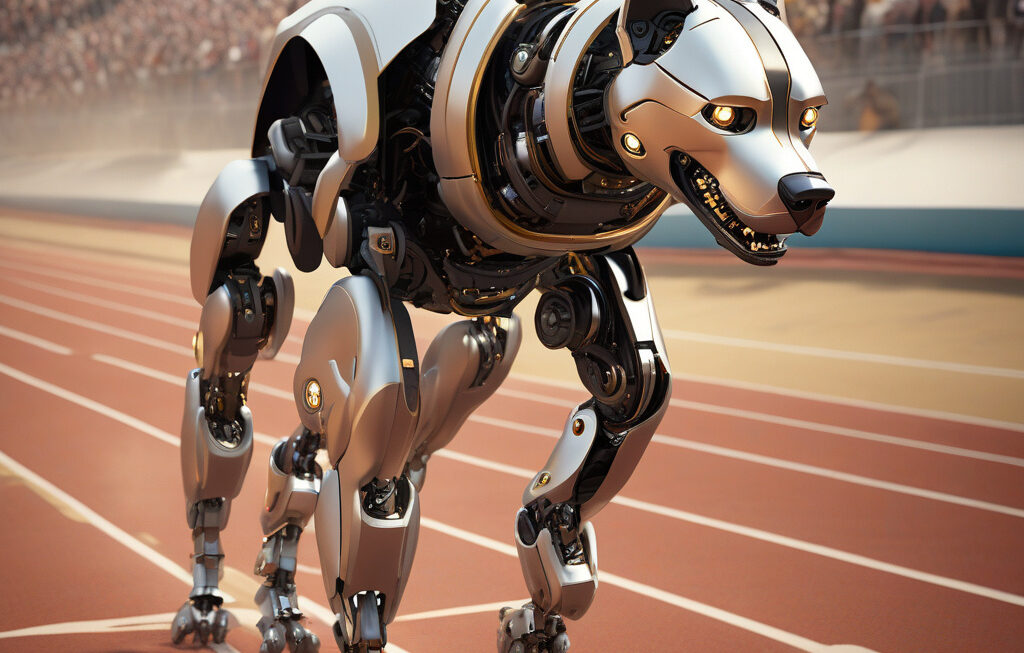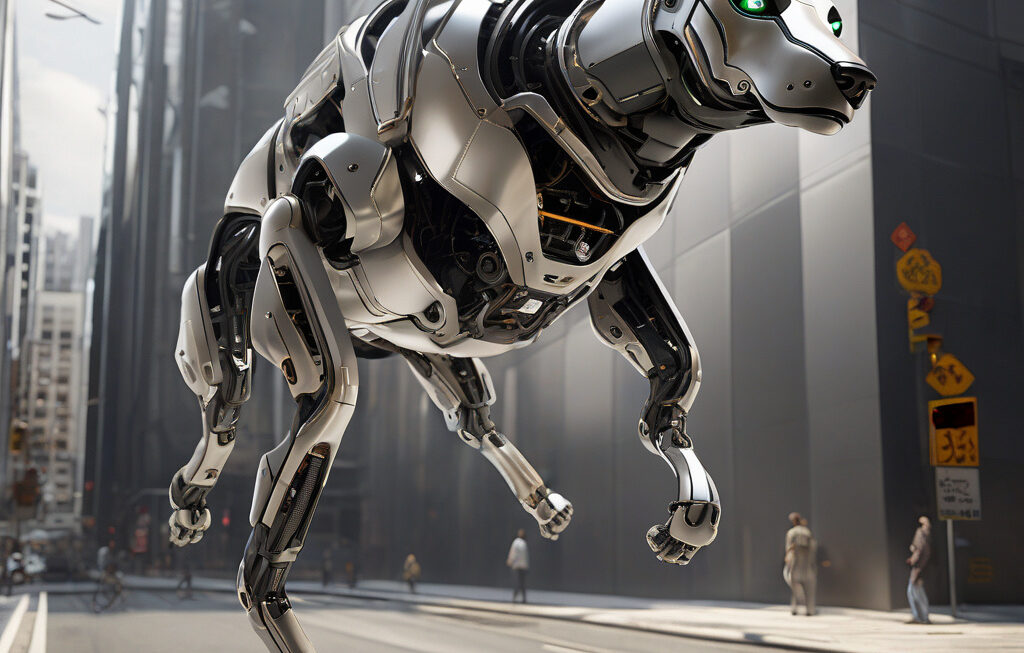Tiny Humanoid Robot Screw Could Hurt US and Allies in Hot Bot Race Against China
Amid the increasing rollout of humanoid robots from testing labs to factory floors, the world is witnessing a surge in technological advancements that are reshaping industries and economies. However, a tiny but crucial component, the humble screw, has emerged as a potential game-changer in the race for robotics supremacy between the US and its allies on one side and China on the other.
In the realm of robotics, where precision and miniaturization are paramount, even the smallest of parts can have outsized consequences. The development of a tiny humanoid robot screw may seem inconsequential at first glance, but its impact on the competitive landscape of robotics cannot be underestimated.
The United States and its allies have long been at the forefront of innovation in robotics, leveraging their technological prowess to drive progress and set the global standard. However, China’s rapid advancements in robotics and artificial intelligence have posed a significant challenge to Western dominance in the field.
The emergence of the tiny humanoid robot screw highlights a critical vulnerability in the US-led coalition’s efforts to maintain its competitive edge. As Chinese manufacturers ramp up production of humanoid robots equipped with these specialized screws, they gain a crucial advantage in terms of efficiency, cost-effectiveness, and scalability.
Moreover, the strategic implications of this development extend beyond the realm of robotics. As humanoid robots become increasingly integrated into various sectors, including healthcare, manufacturing, and defense, control over the technology that powers these machines confers significant geopolitical leverage.
To address this challenge, the US and its allies must prioritize investment in research and development to enhance the miniaturization and precision manufacturing capabilities of their robotics industry. By fostering a culture of innovation and collaboration between government, academia, and the private sector, they can accelerate the pace of technological advancement and maintain their competitive position in the global robotics market.
Furthermore, regulatory frameworks and intellectual property protections must be strengthened to safeguard against the unauthorized transfer of critical technologies to strategic competitors. By establishing robust mechanisms for monitoring and controlling the export of sensitive components, such as the tiny humanoid robot screw, Western nations can mitigate the risk of technological leakage and preserve their technological advantage.
In the hotly contested bot race against China, every innovation, no matter how small, has the potential to tilt the scales in favor of one side or the other. As the global competition for robotics supremacy intensifies, the significance of seemingly mundane components like the tiny humanoid robot screw cannot be overlooked. The future of industries, economies, and national security may well hinge on the ability of nations to master the intricacies of these miniature marvels.
In conclusion, the race for robotics dominance is entering a new phase characterized by fierce competition and technological brinksmanship. The development of the tiny humanoid robot screw represents a microcosm of this larger struggle, highlighting the critical role of precision engineering in shaping the future of robotics. To succeed in this high-stakes game, the US and its allies must innovate, collaborate, and adapt to the evolving landscape of technological competition.
robotics, technology, innovation, competition, geopoliticalstrategies












